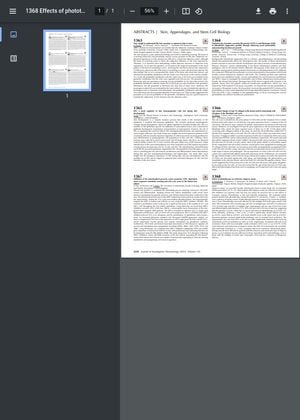Effects of Phototherapy on Refractory Alopecia Areata

TLDR Phototherapy helps some patients with alopecia areata regrow hair, especially those with hair at treatment start and less severe forms of the condition.
The study evaluated the effects of phototherapy on 49 patients with different types of alopecia areata, a hair loss disorder, over a period of 2 years at Nagoya City University Hospital. The results showed that phototherapy was more effective for patients with multiple and totalis types of alopecia, with 50% of totalis type and 18% of multiple type achieving complete hair regrowth (SALT 100), and 75% of totalis type and 46% of multiple type achieving significant hair regrowth (SALT 75). The presence of some hair at the start of treatment was a positive indicator for phototherapy. Patients with a shorter disease duration, lower BMI, and lower platelet count at the initial visit were more likely to achieve a low SALT score (≤5). The type of irradiation (whole-body or local) did not significantly affect the improvement rate and final SALT score. However, in the most refractory universalis form of alopecia areata, whole-body phototherapy was more effective. Eosinophil count may be a measure of therapeutic efficacy.


